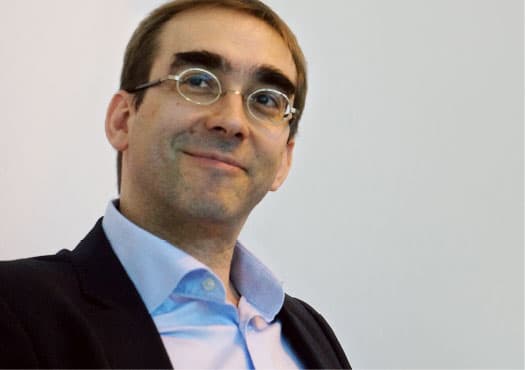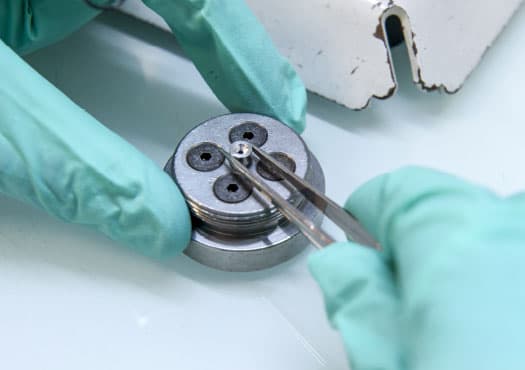
Editorial
Opening
DEFINITION
“What has been can then never not have been:
Vladimir Jankélévitch, Irreversibility and Nostalgia.
this mysterious and profoundly obscure mystery of having lived will henceforth accompany it for eternity.”
When we look at a physical object, be it Notre-Dame Cathedral, or an old watch, the simple fact of observing it plunges us into its history, with our imagination burrowing beneath its present-day surface. We then perceive something that continues to tie it to its remote origins, as if we could see its past still glowing within.
This was explained by Marcel Proust: “All these things made of the church for me something entirely different from the rest of the town; a building which occupied, so to speak, four dimensions of space—the name of the fourth being Time—which had sailed the centuries with that old nave, where bay after bay, chapel after chapel, seemed to stretch across and hold down and conquer not merely a few yards of soil, but each successive epoch from which the whole building had emerged triumphant” [1][1] Marcel Proust, “Combray”, Swann’s Way, t. I, p. 160..
These lines state that, even if we are not necessarily aware of it, we look at Notre-Dame in the way that Einstein’s theory of relativity invites us to do: this building is not a static object in space, but a string of events in space-time; it is not a three-dimensional volume, but a four-dimensional hyper-volume which began to take form in the depths of the past and has never ceased to move through time following its “world line”», moment after moment, while remaining invariably in the same place. A fascinating perspective: the persistence of this huge immobile object hides an invisible, profound dynamic, that of an uninterrupted succession of moments which have transported its presence since its first appeared. In short, Notre-Dame embodies a voluminous piece of our past projected into our present.
Let us now take the more prosaic example of a chair which is no longer present, because it has been destroyed. Are we to consider that it still exists somewhere, in the form of a “past chair which has existed”? Or does it no longer exist anywhere? On the one hand, one could claim that the past has no place of existence and no real consistency, on the grounds that it is incapable of creating a path to an observable or tangible presence. The past would therefore be unreal because it is disconnected from the present, which is perceived as being the sole location of reality. This thesis, precisely known as “presentism”, considers that only present events are real: those which appear and then disappear to be replaced by others, such that reality is always unprecedented and uncertain. In short, there is no other reality than that which is currently taking place: both upstream and downstream, the present would be bounded by nothing… In this case, when it disappears from the present, our destroyed chair has become nothing.
But on the other hand, one could just as well consider the past to be a sort of eminent reality on the grounds that owing to its status as having been and therefore by definition completed, it is protected from any subsequent alteration. It is the temporal equivalent of an impregnable fortress: if an event has actually taken place, it will always be true that it took place, even if it is recorded in no memory, even if it leaves no perceptible trace, even if its occurrence is subsequently disputed or denied. Thus even if the headache I felt yesterday has ceased today, it still exists as a past event, but it is no longer… painful! According to this view, the destroyed chair continues to exist and will always exist, on the grounds that it had at some time been present.
Physicists proposed a reading of Einstein’s theory of relativity, known as the “growing block universe”, which is as follows: it postulates considering space-time as a fully deployed structure within which all events, whether past, present or future, coexist. They would have exactly the same reality, in the same way as all the various towns in France coexist at the same time in space, while being located in different places: while I am in Saclay, Grenoble and Bordeaux exist just as much, the only difference between the three towns being that Saclay is where I am present, whereas this is not the case of Grenoble or Bordeaux, at least at the time I am writing these lines. In short, space-time would contain the entire history of reality, with each past, present or future event occupying a clearly determined place in it, from the very beginning and for ever. The past would therefore still exist, just as the future already exists, but somewhere other than where we are now present.
By playing with language or physics in this way, we can say both that the past has been literally annihilated and that it is definitively immortal. n
 More (3 min.)
More (3 min.)

Editorial

Contexte